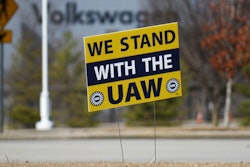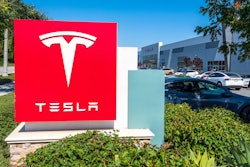The growth of e-commerce prompted numerous companies to build new warehouses to ship their products to customers — particularly in Southern California's "Inland Empire."
But the Los Angeles Times notes that the increasingly sophisticated systems in those warehouses mean that the building boom isn't leading to all that many more jobs.
Employment in California's warehouses sagged in the wake of the Great Recession and climbed narrowly in 2011, 2012 and 2013, according to federal labor statistics, before accelerating to 14 percent and 13 percent job growth, respectively, in 2014 and 2015.
A surge of new facilities opened between 2015 and 2016, but the numbers for the 12-month window ending in October showed that warehouse employment grew by just 3 percent in that span.
Experts blamed automation and warned that more than 100,000 California warehouse jobs largely staffed by blue-collar employees could be at risk.
Although the new warehouses are considerably more efficient that their predecessors — and often pay their workers more — they tend to need fewer people to store and ship more goods.
The Times pointed to footwear maker Skechers as an anecdotal example.
The company opened a sprawling warehouse in Moreno Valley that allows it to turn out twice as many shoes as its previous operations. As a result, the company closed five facilities in nearby Ontario that employed about 1,200 people; just 550 work at the new facility.
“You have to become more efficient. It’s the only way to upgrade," Skechers CFO David Weinberg told the paper. "You can’t always be looking for cheap labor."






















